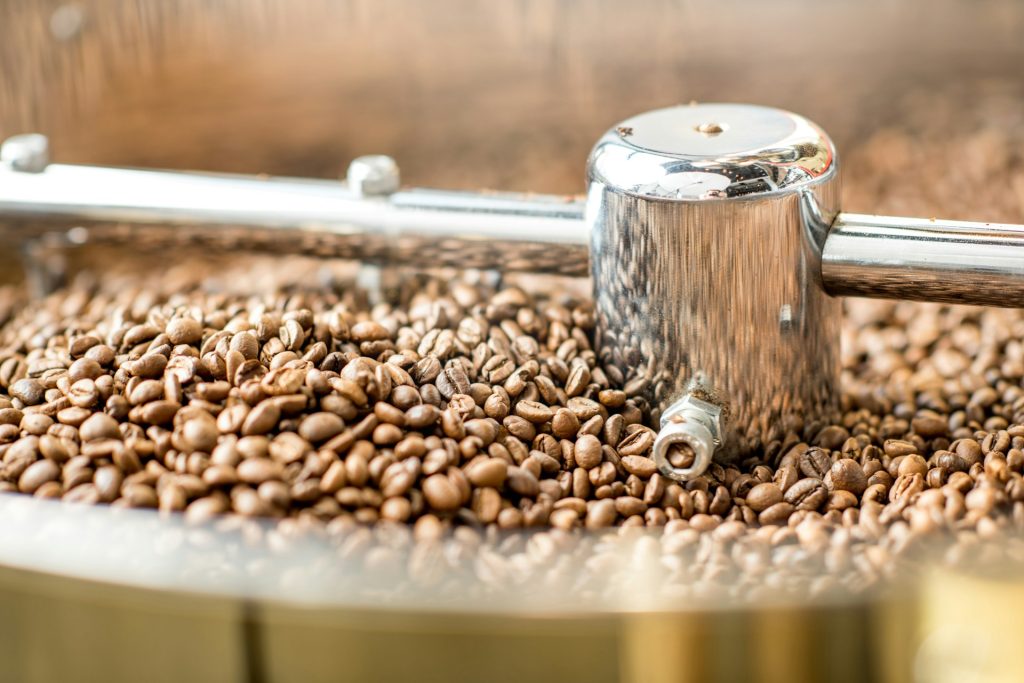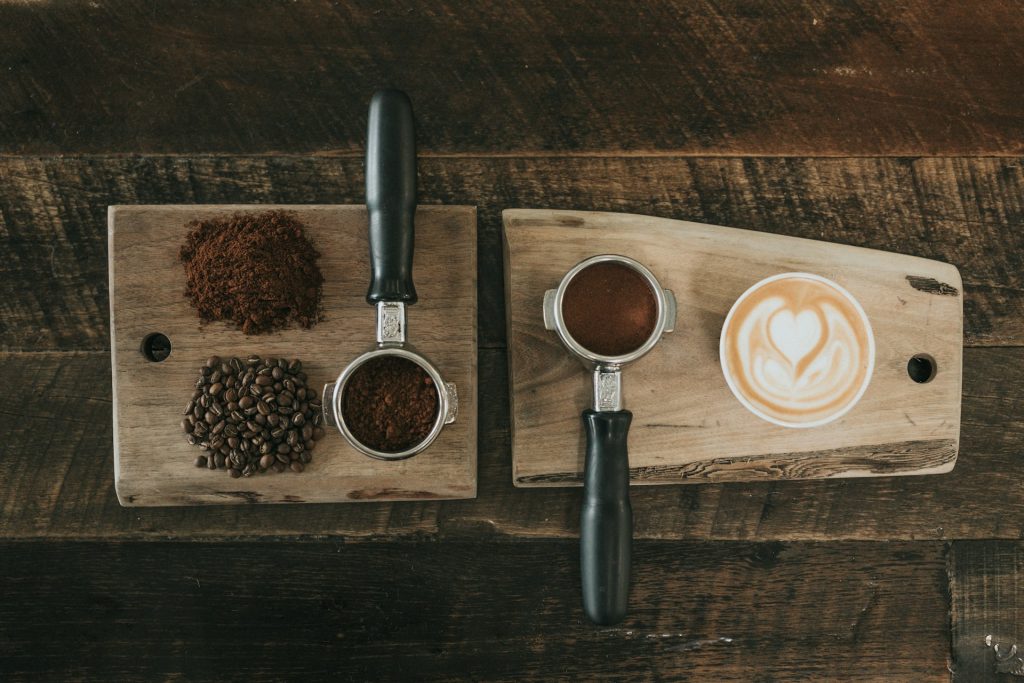Table of Contents
You wouldn’t throw away money, right? Well, every time you dump your used coffee grounds in the trash, that’s exactly what you’re doing. These humble leftovers from your morning brew are packed with potential – from supercharging your garden to beautifying your skin, and even helping save the planet. Here’s the game-changing guide you never knew you needed.

The Dirty Truth About Coffee Waste
Here’s a shocking stat: coffee drinkers worldwide generate over 6 million tons of spent coffee grounds annually. Most end up in landfills, where they release methane – a greenhouse gas 25 times more potent than carbon dioxide. But these grounds are nutrient powerhouses, loaded with nitrogen, potassium, and magnesium. By tossing them in the trash, we’re not just wasting resources – we’re actively harming our environment. Recent studies show that recycling just half of our coffee waste could reduce greenhouse gas emissions equivalent to taking 250,000 cars off the road annually.

Garden Magic: Your Plants’ Caffeine Fix
Think of coffee grounds as a superfood smoothie for your garden. They’re particularly magical for acid-loving plants like blueberries, azaleas, and roses. The grounds improve soil structure, add valuable nutrients, and even help retain moisture – meaning less watering for you. They also naturally repel garden pests like slugs and snails, making them nature’s perfect pesticide.
But here’s the secret most people get wrong: don’t dump them straight onto your plants. Mix one part coffee grounds with three parts soil or compost for optimal results. Too concentrated, and you might end up with stressed plants – kind of like how too many espresso shots can leave you feeling jittery. Your plants appreciate moderation just as much as you do.
Expert Garden Tips
Professional gardeners swear by using coffee grounds in specific ways. For tomatoes, create a ring of ground around each plant to deter pests and provide slow-release nutrients. For composting, maintain a ratio of one part ground to three parts brown materials like dried leaves or newspaper. This balance creates the perfect environment for decomposition and prevents the compost from becoming too acidic.
Beauty Benefits That’ll Make You Think Twice
Before you rush to spread all your grounds in the garden, save some for your beauty routine. Coffee grounds make an incredible natural exfoliant that high-end spas charge a fortune for. Mix them with coconut oil for a DIY body scrub that will leave your skin feeling incredibly soft and looking radiant. The caffeine in the grounds can temporarily reduce the appearance of cellulite and help tighten skin. Plus, the antioxidants in coffee can help fight free radicals that cause premature aging.
DIY Beauty Recipes
Create a luxurious coffee scrub by mixing:
- 1/2 cup fresh coffee grounds
- 1/2 cup brown sugar
- 1/4 cup coconut oil
- 1 teaspoon vanilla extract This spa-worthy treatment costs pennies compared to store-bought alternatives and works just as effectively.

Household Hacks You Never Knew About
Your used grounds are about to become your cleaning cabinet’s secret weapon. Their slightly abrasive texture makes them perfect for scrubbing stubborn pots and pans without scratching. They also work wonders as a natural deodorizer – place a bowl of dried grounds in your fridge or freezer to absorb unwanted odors. You can even use them to clean your fireplace with less dust – just sprinkle damp grounds over the ashes before sweeping.
Creative Ways to Reuse Coffee Grounds:
- Create natural dye for paper, fabric, or even hair (perfect for covering those pesky grays naturally)
- Feed your worm farm (if you have one – worms go crazy for coffee)
- Make a meat rub for BBQ (the grounds add an incredible depth of flavor)
- Use as a natural scratch cover on dark wood furniture
- Add to your compost pile to speed up decomposition
- Create natural air fresheners by mixing them with beeswax
- Make homemade soaps with built-in exfoliation
The Collection Game: Making it Easy
Setting up a sustainable coffee ground collection system is simpler than you think. Start with a dedicated container in your kitchen – if you’re a casual coffee drinker, even a small mason jar will do. For serious coffee enthusiasts, consider a larger container with a tight-fitting lid to prevent mold growth. Pro tip: most coffee shops are happy to give away their used grounds – just bring your container and ask. Some even package them specifically for gardeners.
Beyond the Basics: Next-Level Recycling
Ready to take your coffee ground recycling game to the next level? Start a neighborhood collection program. Connect with local gardeners, composters, or even small farms. Many communities have started “grounds to ground” initiatives where coffee shops partner with local gardens to create a sustainable cycle of reuse. Some innovative companies are even using coffee grounds to grow mushrooms or create biofuel. The possibilities are endless.
Small Steps, Big Impact
Making the most of your coffee grounds isn’t just about being environmentally conscious – it’s about being smart with resources you’re already paying for. Think about it: every bag of coffee you buy has the potential to serve multiple purposes. From the moment it wakes you up in the morning to its second life in your garden or beauty routine, coffee grounds are the gift that keeps on giving.

The Science Behind the Magic
Understanding why coffee grounds work so well can help you use them more effectively. The grounds contain approximately 2% nitrogen, which makes them an excellent slow-release fertilizer. They’re also rich in magnesium (around 0.4%) and potassium (0.6%), essential minerals for plant growth. The acid-neutral pH of used coffee grounds (unlike fresh coffee, which is acidic) makes them safe for most garden applications.
Environmental Impact: The Bigger Picture
When coffee grounds decompose in landfills, they contribute to methane emissions. However, when properly recycled, they become part of the solution rather than the problem. Cities like Seattle and Portland have implemented large-scale coffee ground recycling programs, turning tons of waste into valuable compost for urban farming initiatives. Some innovative companies are even using coffee grounds to create biodegradable plastics and sustainable building materials.
The Future is Grounds-Up
Your daily coffee habit isn’t just fueling your morning anymore – it’s helping create a more sustainable future. Every time you reuse your coffee grounds, you’re keeping valuable resources out of landfills and giving them a second life. Whether you’re nurturing your garden, pampering your skin, or cleaning your home, those spent grounds are proving that one person’s trash truly is another’s treasure. So next time you brew your morning cup, remember: those grounds in your filter are just getting started on their journey to make the world a little bit greener, one cup at a time.

I’m Audrey, a dedicated mother of teenagers with an insatiable love for coffee. On BeanBrewLove.com, I intertwine my need for caffeine with reflections on life. Whether expressing a nostalgic sentiment or injecting a hint of sarcasm, my blog is a reservoir of coffee culture, brewing techniques, and global coffee reviews.




